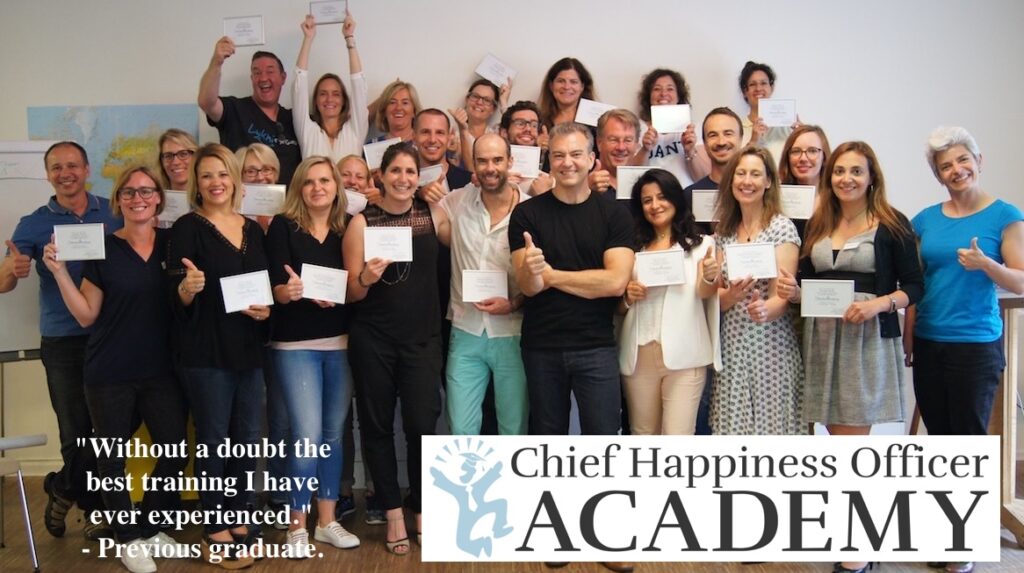 The NY Times has an article about 17 original Southwest Airlines who signed on at the very beginning in 1972 and still work there. Most of these people are now millionaires thanks to the company’s profit-sharing plan, but still work as mechanics, flight attendants or at the ticket counter.
The NY Times has an article about 17 original Southwest Airlines who signed on at the very beginning in 1972 and still work there. Most of these people are now millionaires thanks to the company’s profit-sharing plan, but still work as mechanics, flight attendants or at the ticket counter.
Why do they stay on? Many people at other companies dream only of the day they can retire from work, so what is it about Southwest that makes their employees stay on far beyond that point? Here are some of the things they say in the article:
“Passengers — you get a feel how far you can go with them,” she said. “We had businessmen in suits pass out peanuts and pick up trash. We’d see how many people we could lock up inside the lavatory. They loved it. We had them on top of each other. Seven or eight? Quite a few. And those lavatories are pretty small.”
—
Though a union shop, Southwest is less bound by work rules than most other airlines. “If you saw something that needed to be done, and you thought you could do it, you did,” Mr. Wilson said.
—
Mr. Marcell, 64, lost a kidney to cancer and more recently the disease showed up in a lung. He is on medicine to control its spread. “I’m going to work until I can’t work anymore,” he said. “I just like to work.”
—
And Ms. Force, the one-time Esquire cover model, who is 61 and single, just completed chemotherapy for breast cancer and, after six months off, returned to work this month. She does not need the paycheck, with more than 100,000 shares of Southwest stock, valued at about $1.6 million.“I love to work,” she said. “Southwest is kind of my family and my husband.”
How would you like your employees to say things like that about your company? Would you enjoy working at a place where this is a common attitude?
Southwest’s model for happiness at work is worth learning from, and it’s decribed magnificently in the classic business book Nuts! by Jackie and Kevin Freiberg. Read it!

 Considering how many things in a business are unmeasured, not to say unmeasurable, this is one more bad idea in need of a final resting place.
Considering how many things in a business are unmeasured, not to say unmeasurable, this is one more bad idea in need of a final resting place.  I’m sure there’s more. What vampire ideas do you know, that we should get rid of once and for all?
I’m sure there’s more. What vampire ideas do you know, that we should get rid of once and for all?

 Stephen Shapiro is the creator of one of the most exciting concepts I’ve heard about in a long time:
Stephen Shapiro is the creator of one of the most exciting concepts I’ve heard about in a long time: 